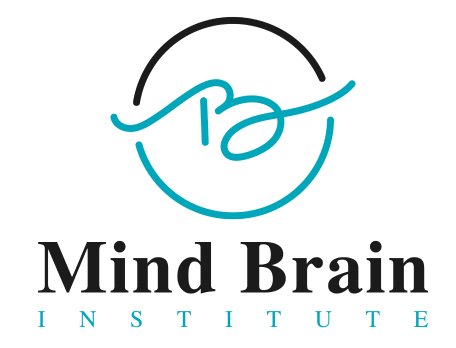
- Posted By MindBrain
- Comments 0
Understanding tDCS: A novel treatment for depression
Depression is a pervasive mental health disorder that causes problems with feelings, thoughts and behaviours. Many people do not respond to the traditional tools of medication and psychotherapy. Transcranial Direct Current Stimulation (tDCS) has recently emerged as non-invasive therapy capable of improving mood symptoms in major depressive disorder. This one explores how tDCS actually works and what that might mean for people with depression.
What is tDCS?
tDCS or Transcranial Direct Current Stimulation, is a brain stimulation therapy in which electrodes are placed on the scalp and deliver low-intensity constant electric current to specific regions of your Brian. One appealing attribute of tDCS as a treatment option is that it’s completely non-invasive and painless in comparison to other brain stimulation therapies.
How Does tDCS Work?
tDCS changes neural network activity in areas of the brain known to regulate mood. It works by applying a low-level electrical stimulation to:
– Activate More Brain Circuits: Help under active circuits known to be affected by depression.
– Increase Connectivity: Optimise function between the different parts of your brain.
– Influence in Release of Neurotransmitters: To release chemicals such as serotonin, dopamine.
Advantages of tDCS in Depression
1. No surgery or anaesthesia is not required.
2. Fewer and Less-Severe Side Effects: It is a treatment that barely causes adverse effects in patients.
3. Adjunctive treatment: May be used in conjunction with drug medications and psychotherapies.
4. Accessibility: Likely able to be performed at home with professional guidance.
During tDCS Treatment what will happen?
– Duration of Session: Half an hour in general.
– Frequency: Once a day for several weeks
Sensation: A gentle tingling or a warm feeling over the area of sites.
Monitoring: done by specialists to ensure safety
Effectiveness of tDCS
Also, studies suggest that tDCS may decrease depressive symptom severity in treatment-resistant patients (25).
Studies have shown:
Symptom Improvement: A significant drop in the severity of depressive symptoms.
Long-Term Benefits: It can give lasting results in combination with other treatments.
Potential Side Effects
tDCS is generally safe, though a few patients can experience:
– Mild headaches
– Irritation of the skin at sites of electrodes
– Dizziness
– Temporary discomfort
Always talk to your doctor before beginning any new diet or supplement.
Who Can Benefit from tDCS?
Patients having depression that doesn’t go away ( treatment-resistant )
People Who Want Non-Drug Options
Those looking for alternatives to therapy
Frequently Asked Questions
Q: Can I use tDCS at home?
A: While some devices are marketed for home use, it’s essential to undergo treatment under professional supervision to ensure safety and efficacy.
Q: How soon will I see results?
A: Some patients notice improvements within a few sessions, but it may take several weeks for significant changes.
Conclusion
tDCS represents a promising frontier in depression treatment, offering hope to those who haven’t found relief through traditional methods. If you’re considering tDCS, consult your healthcare provider to discuss whether it’s the right option for you.
Recent Posts
Recent Comments
No comments to show.


